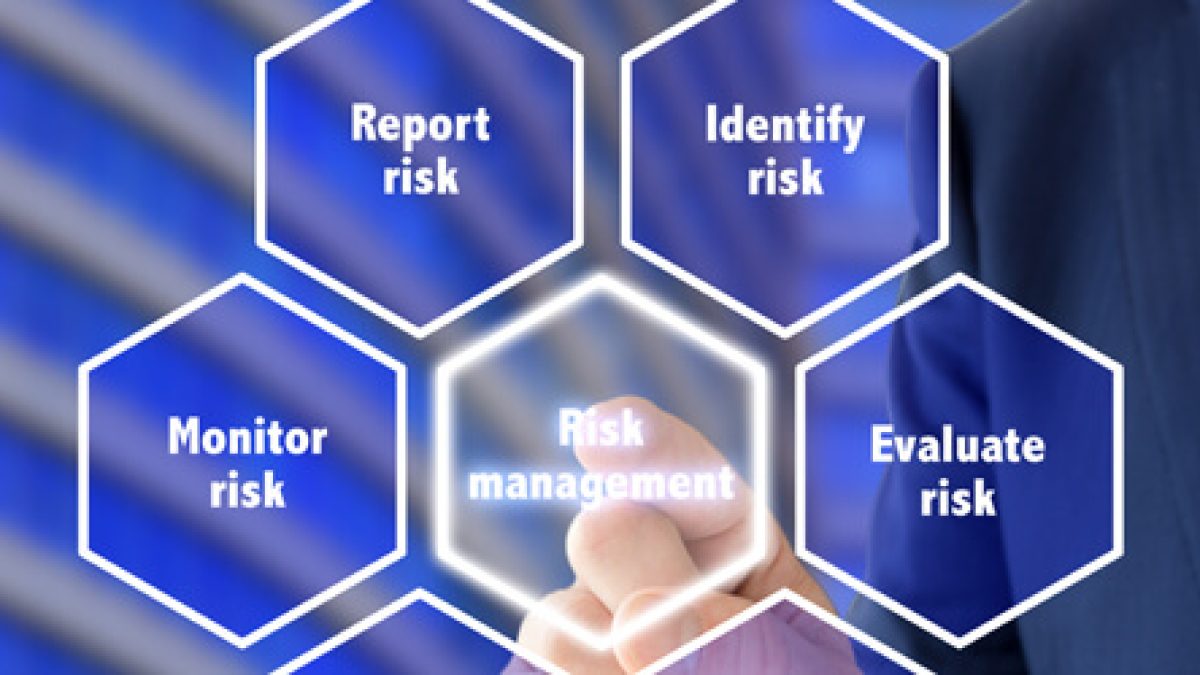Business
Risk Management Framework: Key Elements & How To Implement It?

(CTN NEWS) – Risk management is an essential process that organizations must undertake to identify, assess, and mitigate potential risks.
Without a robust risk management framework, businesses are vulnerable to a range of threats that can disrupt operations, damage reputation, and erode profitability.
What is a Risk Management Framework?
A risk management framework provides a structured approach to managing risk, outlining the policies, procedures, and guidelines that organizations can use to identify, assess, and mitigate potential risks.
It is a crucial tool for businesses looking to navigate the complex and ever-changing risk landscape and achieve long-term success.
In this article, we will explore the key elements of a risk management framework, its benefits.
Why is Risk Management Framework important for your business?
Implementing a Risk Management Framework is critical for businesses because it helps them:
- Identify and assess potential risks to their business, including financial, operational, and strategic risks.
- Prioritize risks based on their likelihood and impact on the business.
- Develop and implement effective risk mitigation strategies.
- Monitor risks and adjust risk mitigation strategies as needed.
- Ensure compliance with relevant laws and regulations.
- Protect their assets and reputation.
By having an effective RMF in place, businesses can avoid or mitigate potential risks and protect themselves from financial loss, legal issues, and reputational damage.
It also helps them make informed decisions and allocate resources effectively.
Key Elements of Risk Management Framework
A risk management framework comprises several elements that work together to enable effective risk management. These elements include:
Risk Identification
Risk identification involves identifying potential risks that could impact the organization’s objectives.
This process involves conducting a thorough analysis of the internal and external environment, identifying vulnerabilities, and assessing the likelihood and potential impact of identified risks.
Risk Assessment
Risk assessment involves evaluating the identified risks to determine their potential impact and likelihood of occurrence.
This process enables organizations to prioritize risks based on their significance and develop mitigation strategies accordingly.
Risk Mitigation
Risk mitigation involves developing and implementing strategies to reduce the likelihood and potential impact of identified risks.
This process may involve implementing controls, transferring risk, avoiding risk, or accepting the risk.
Risk Monitoring and Review
Risk monitoring and review involve continuously monitoring and reviewing the effectiveness of risk management strategies.
This process enables organizations to adapt their risk management strategies to changing risk environments and ensure that they remain effective over time.
Importance of Risk Management Framework
A risk management framework is essential for organizations looking to navigate the complex and ever-changing risk landscape. Here are some reasons why a robust risk management framework is crucial for organizations:
Mitigate Potential Risks
A risk management framework enables organizations to identify and assess potential risks and develop strategies to mitigate their impact.
By implementing effective risk management strategies, organizations can reduce the likelihood of significant losses, disruptions, and reputational damage.
Protect Business Assets
A risk management framework helps organizations protect their critical business assets, including data, people, and physical assets.
By identifying and mitigating potential risks, organizations can safeguard their assets and ensure business continuity.
Compliance Requirements
Many industries and regulatory bodies require organizations to have a robust risk management framework in place. Failure to comply with these requirements can result in significant fines, legal liabilities, and reputational damage.
Better Decision Making
A risk management framework provides organizations with valuable insights into potential risks and their impact on business objectives.
This information enables organizations to make better-informed decisions, allocate resources effectively, and achieve long-term success.
How to Implement a Risk Management Framework
Implementing a Risk Management Framework can be a complex and time-consuming process, but it’s essential for protecting your business. Here are the steps to implement an effective RMF:
- Define Your Risk Management Objectives: Identify your business’s goals, risk appetite, and tolerance for risk. Determine what you want to achieve with your RMF.
- Identify Your Assets: Identify your business’s assets, including physical assets, information assets, and human assets.
- Identify Potential Risks: Identify potential risks to your business based on the assets you have identified. This can include financial risks, operational risks, reputational risks, and more.
- Assess Risks: Assess the likelihood and potential impact of each identified risk. This will help you prioritize risks and develop appropriate risk mitigation strategies.
- Develop Risk Mitigation Strategies: Develop and implement risk mitigation strategies based on the results of your risk assessment. This can include strategies to avoid, transfer, reduce, or accept risks.
- Monitor and Review: Monitor and review your RMF regularly to ensure that your risk mitigation strategies are effective and appropriate. This can include regular risk assessments, monitoring of risk indicators, and review of risk management policies and procedures.
- Communicate and Report: Communicate information about risks and risk mitigation strategies to relevant stakeholders, including employees, customers, and regulators. Reporting should be timely, accurate, and transparent.
- Review and Update: Review and update your RMF regularly to ensure that it remains effective and relevant to your business’s needs. This can include updating risk assessments, revising risk mitigation strategies, and reviewing and updating risk management policies and procedures.
Conclusion
In today’s dynamic business environment, managing risks is crucial for the success and sustainability of any organization.
A well-designed and implemented Risk Management Framework can help businesses identify, assess, and mitigate potential risks, making informed decisions and protecting their interests.
By following a structured approach to risk management, businesses can proactively manage risks and reduce the likelihood of unexpected events causing harm to their operations, reputation, and financial health.
Regular monitoring and review of the RMF, along with effective communication and reporting, can ensure that risk management practices remain relevant and effective in addressing changing business risks.
In conclusion, a robust Risk Management Framework is essential for businesses to effectively manage risks and safeguard their interests in today’s uncertain business landscape.
By integrating risk management into their operations and decision-making processes, businesses can be better equipped to navigate challenges and seize opportunities, ultimately enhancing their resilience and success
So, invest in a comprehensive Risk Management Framework, and protect your business from potential risks that may arise in the ever-evolving business landscape.
RELATED CTN NEWS:
Resident Evil 4 Remake All Challenges List (& How To Complete Them)
Business Risk: 6 Main Types Of Business Risks & Mitigation Strategies
8 Best CRM Software For Small Business In 2023 [+Features & Pricing]































